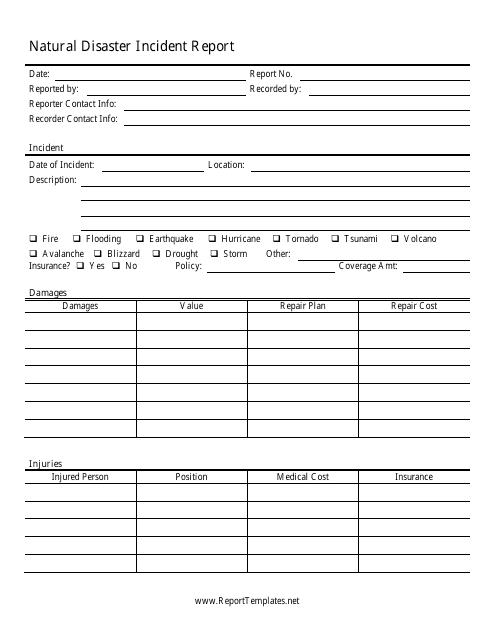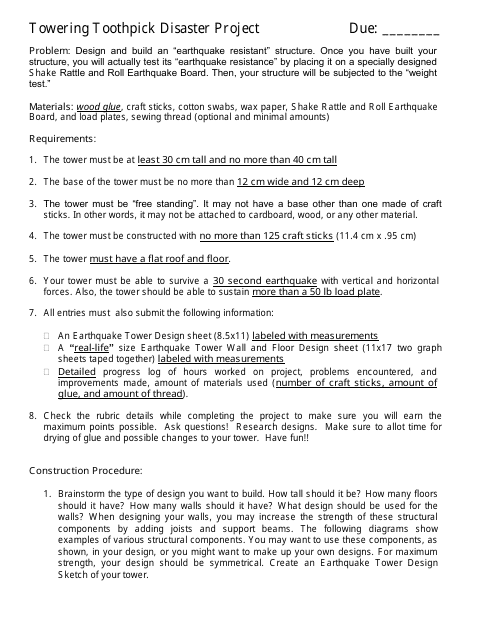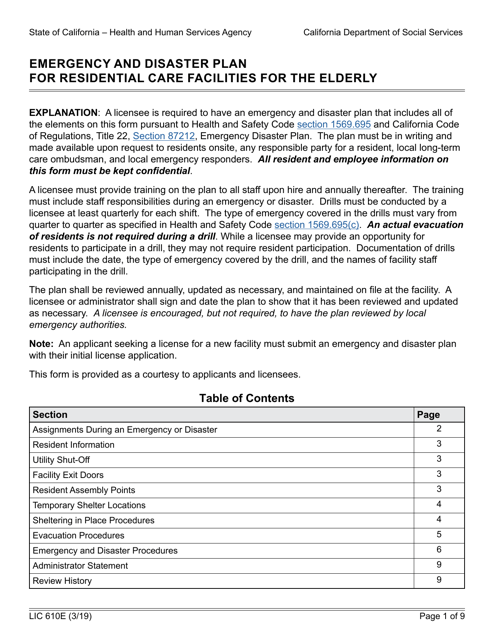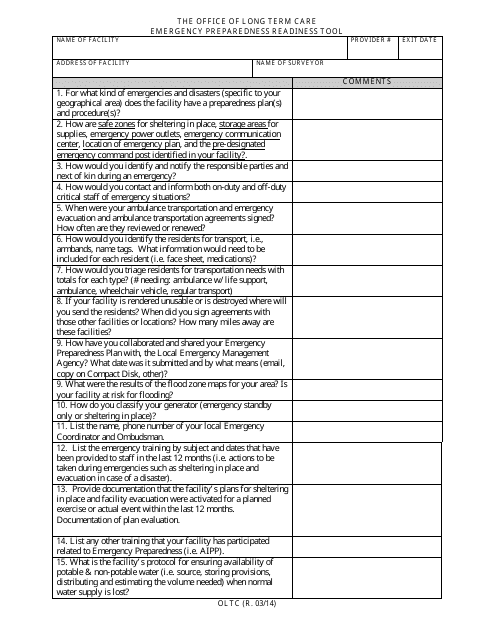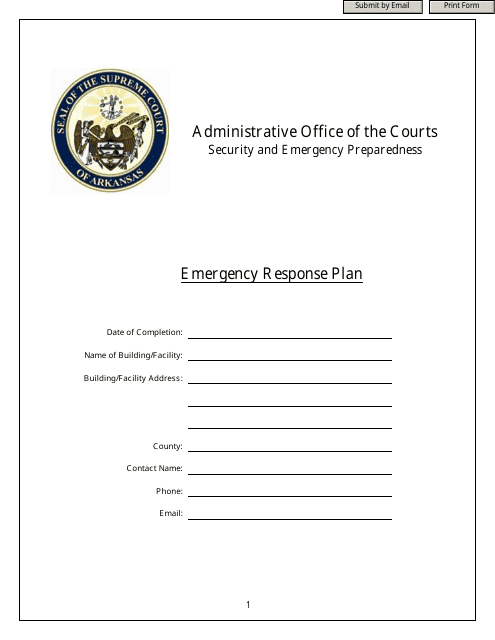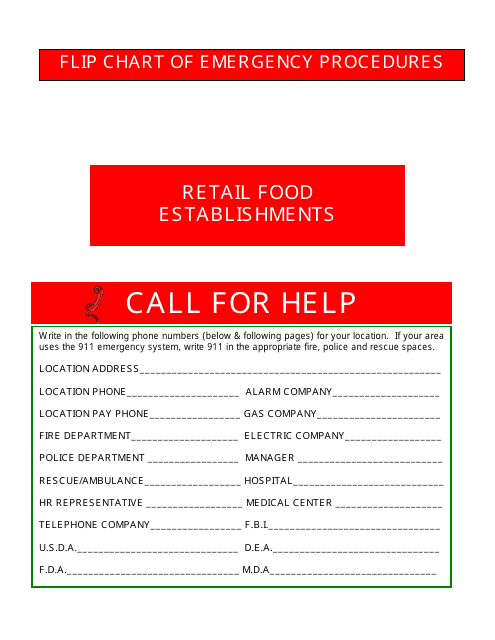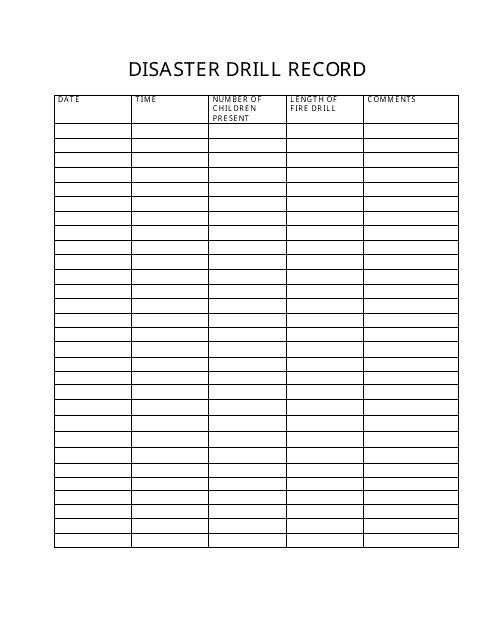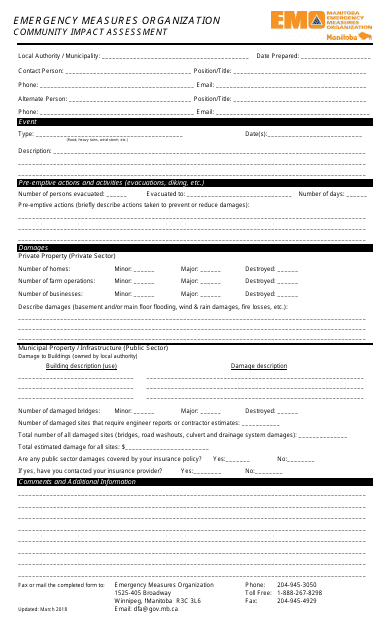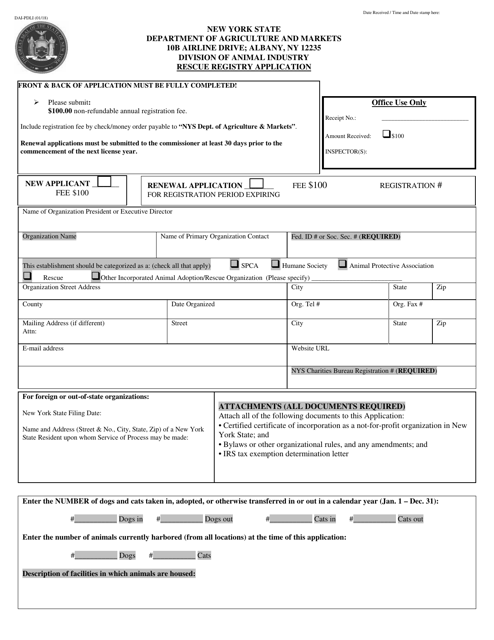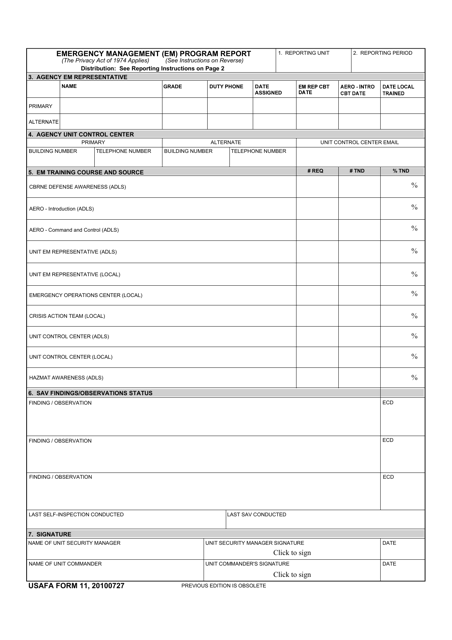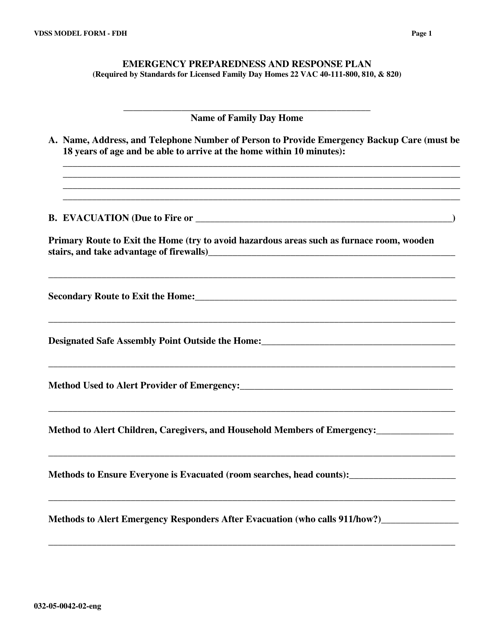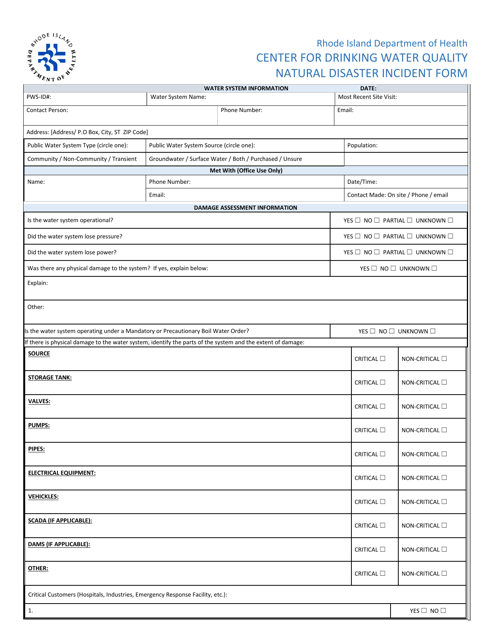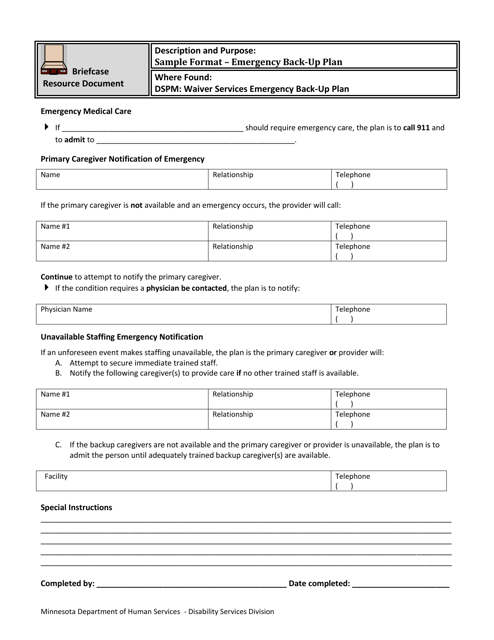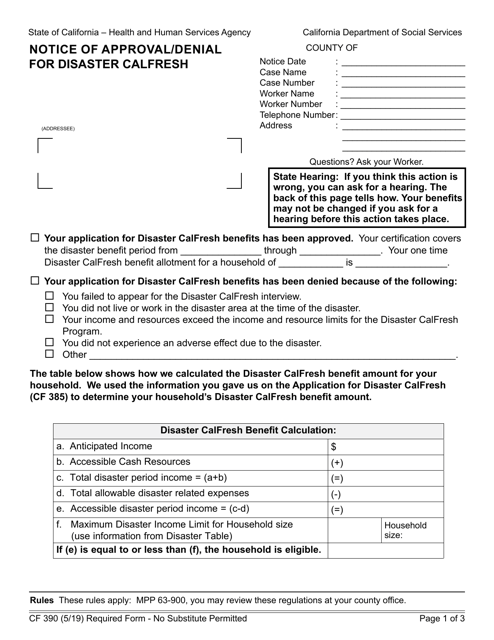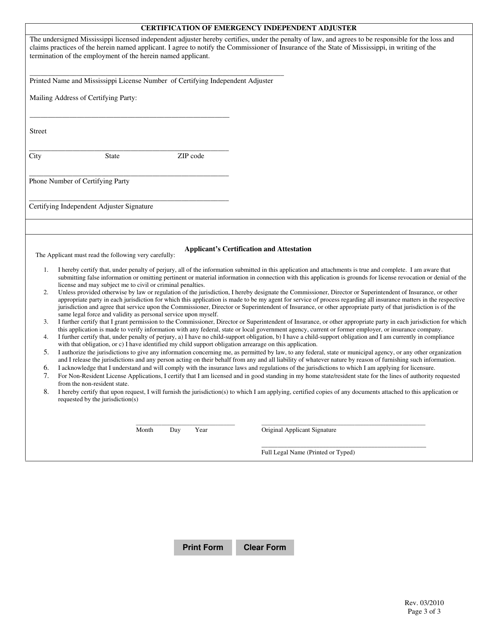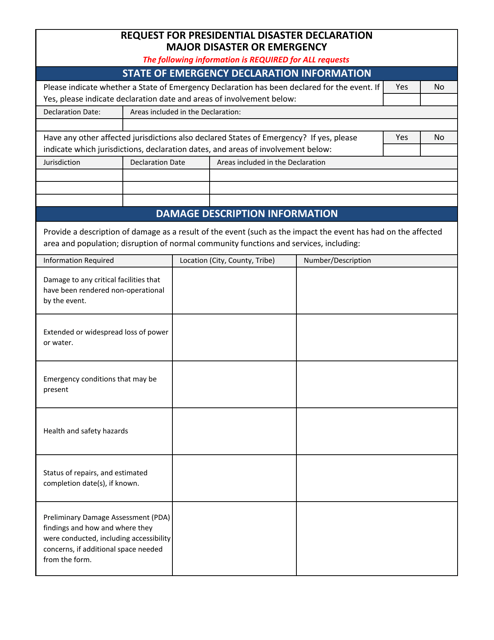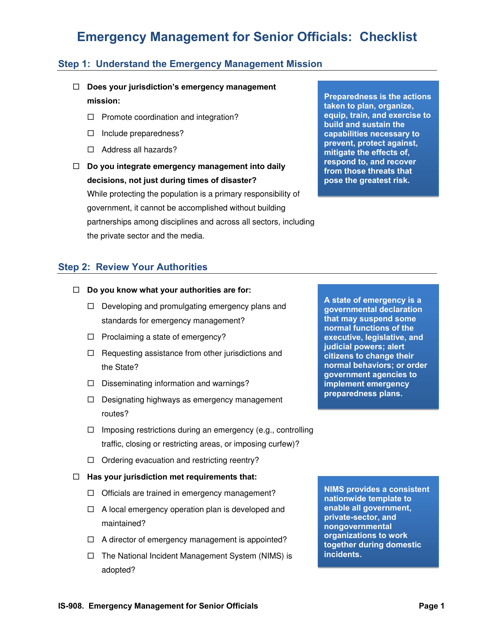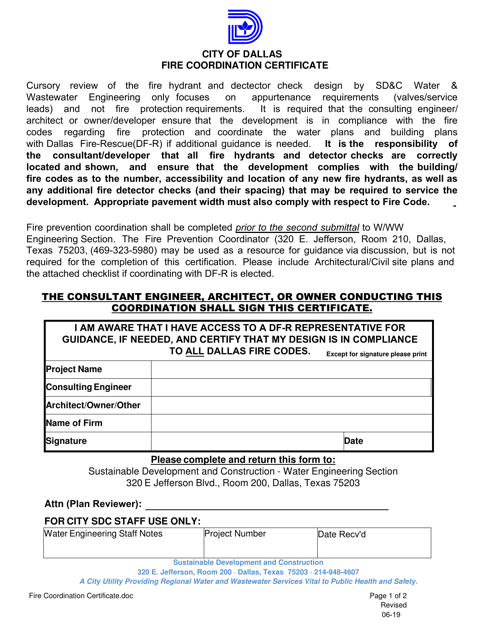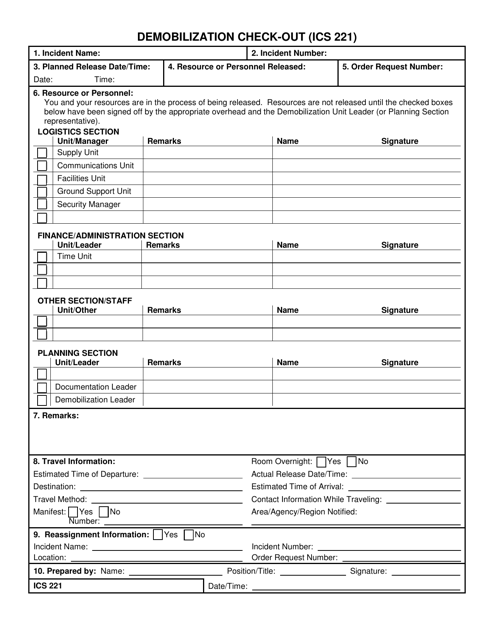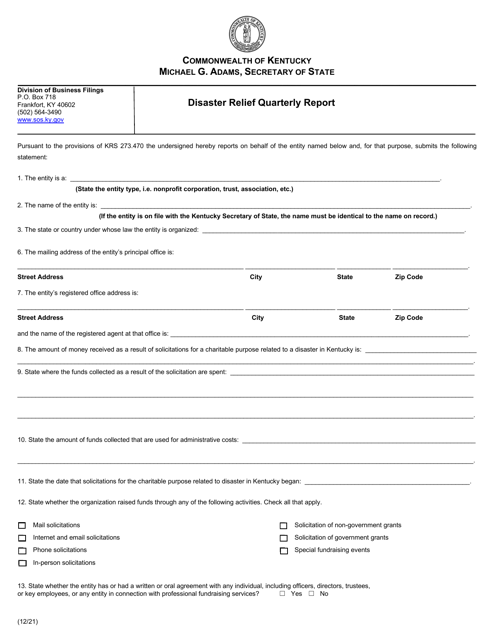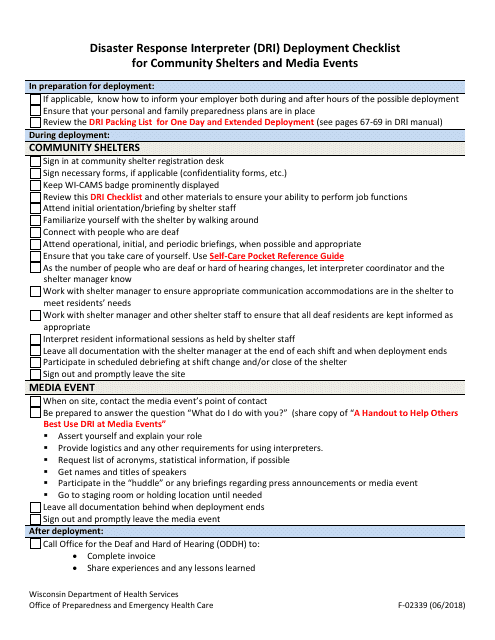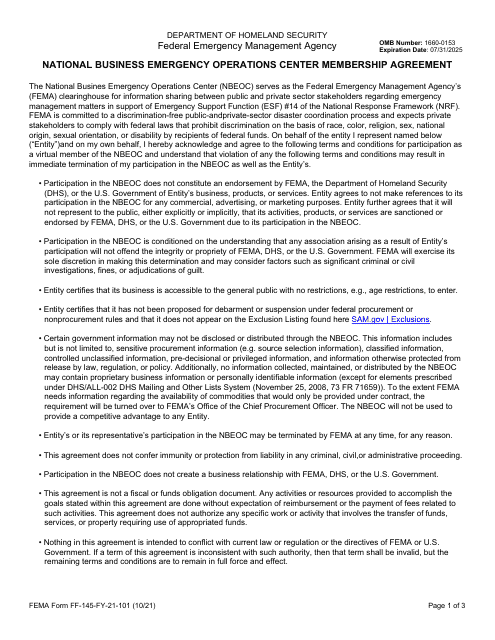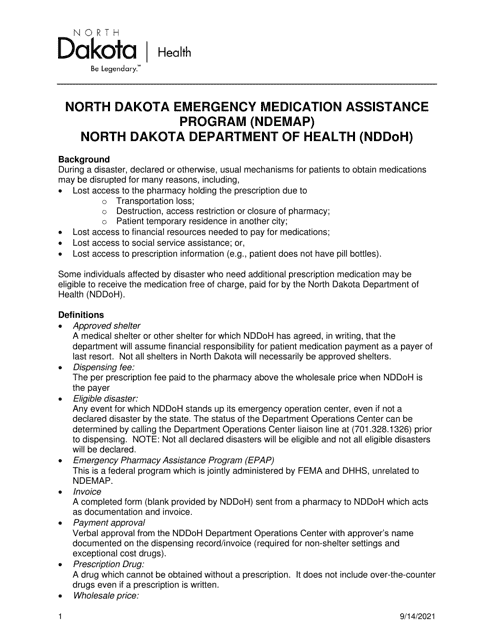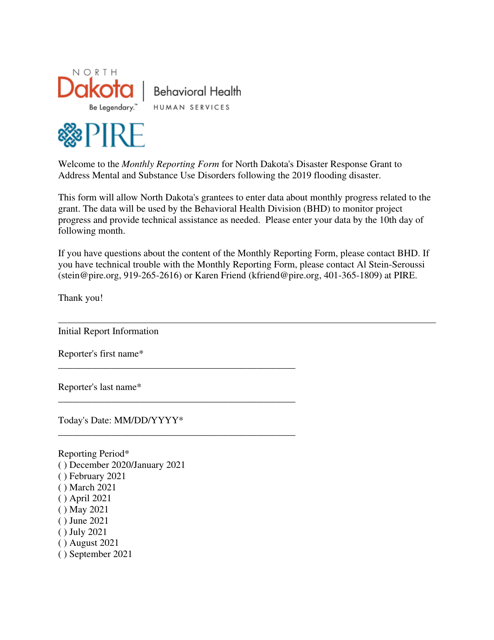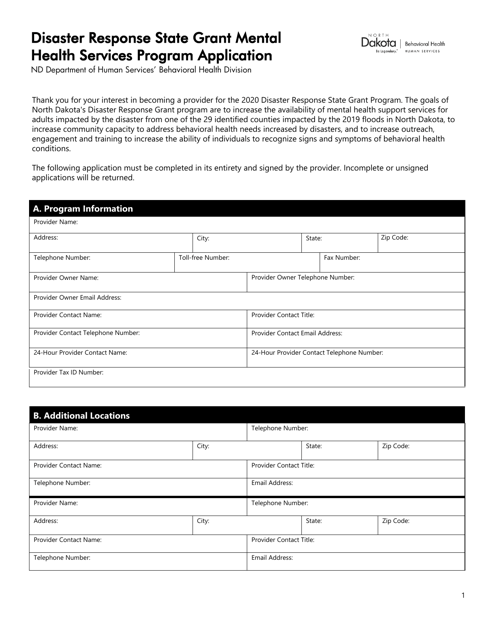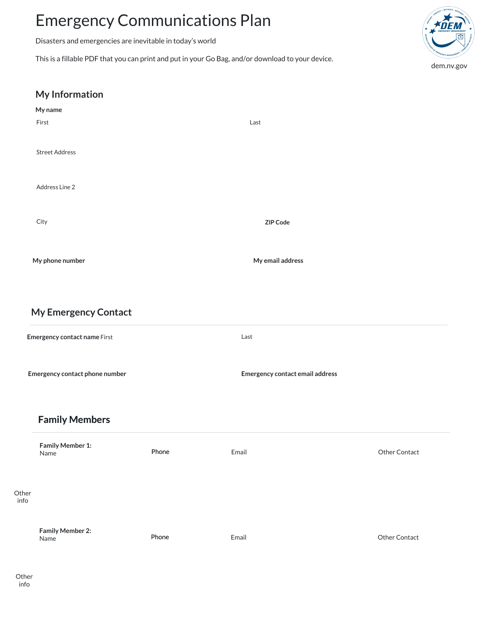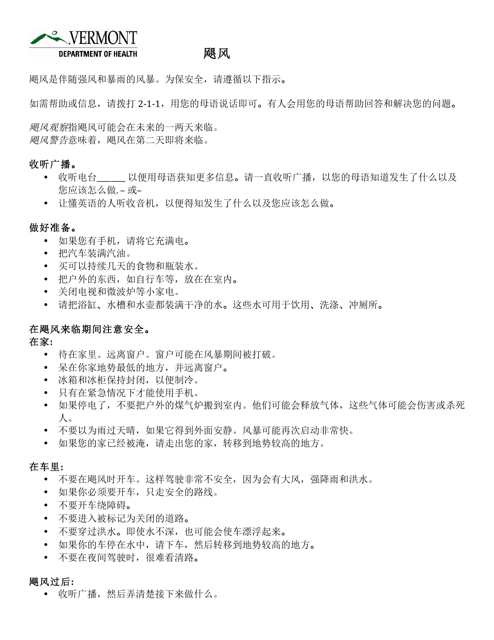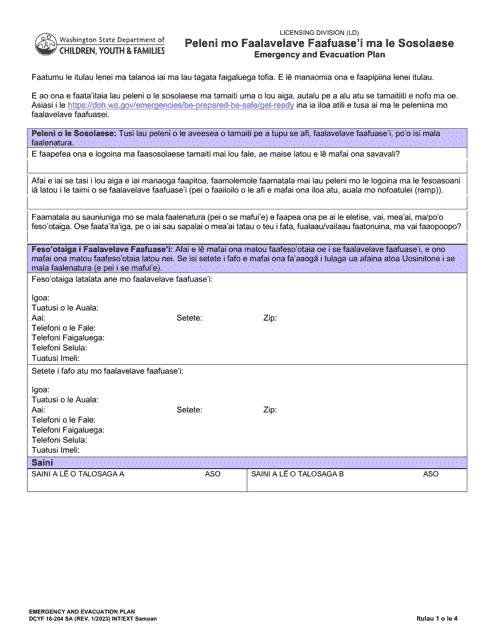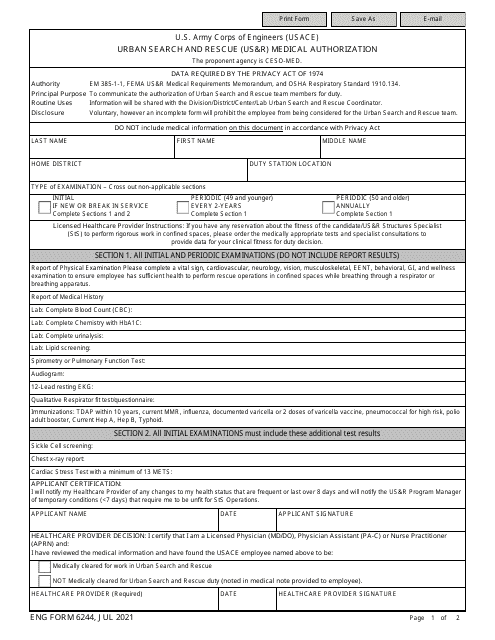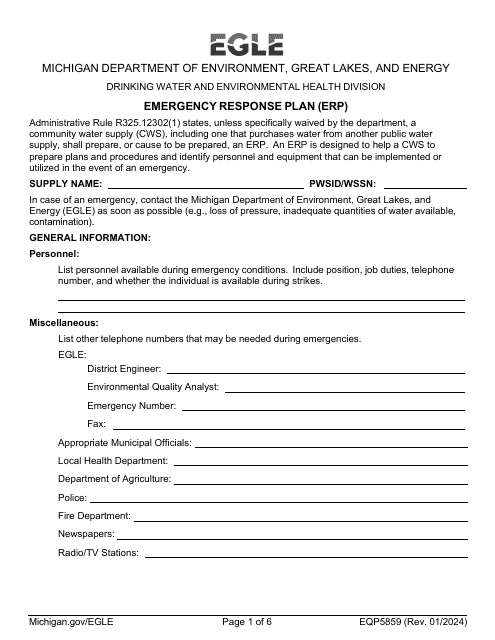Disaster Response Templates
Disaster Response: A Crucial Aspect of Safeguarding Communities
When unforeseen emergencies strike, having a solid disaster response plan in place is essential to effectively protect and support affected communities. The Disaster Response documents collection, also known as emergency preparedness and response documents, contains a comprehensive array of resources aimed at minimizing the impact of disasters and aiding in the recovery process.
From the Emergency Preparedness and Response Plan in Virginia to the Fire Coordination Certificate in Dallas, Texas, these documents encompass a wide range of strategies, protocols, and reports vital for managing and responding to natural disasters, such as hurricanes, wildfires, floods, and tornadoes. Additionally, they outline the necessary steps to coordinate relief efforts efficiently, ensuring the timely distribution of resources and support to affected areas.
The Disaster Response documents collection is an invaluable source of information for government agencies, first responders, and community organizations involved in disaster management. It provides detailed insights into past events, including the Meteorological Background and Tornado Events of 2011 Mitigation Assessment Team Report, which analyzes the impact of tornadoes and suggests mitigation strategies for the future.
Furthermore, this collection includes key administrative documents, like the Natural Disaster Incident Form in Rhode Island, which helps authorities assess and document the extent of the damage caused by various disasters. By gathering accurate data through these forms, policymakers can allocate resources effectively, track recovery progress, and develop long-term plans to mitigate the impact of future disasters.
The Disaster Response documents collection acts as a valuable tool for disaster management professionals, ensuring that communities are well-prepared to handle emergencies and providing valuable insights into best practices and lessons learned from past events. By utilizing the information contained in these documents, communities can enhance their resilience and response capabilities, ultimately safeguarding lives and minimizing the devastation caused by disasters.
[Note: This text is an SEO-optimized description for a webpage, designed to promote the value of the Disaster Response documents collection. It provides a general overview of the collection's content and highlights its importance in disaster management.]
Documents:
38
This form is used for reporting incidents related to natural disasters. It helps gather information about the event, damages, and any assistance needed.
This document is a template used to report and document a natural disaster incident. It helps to gather important information about the event, such as the date, location, and details of the damage. This report aids in assessing the impact of the disaster and informing response and recovery efforts.
This document is a template for a project that involves building a disaster scene using towering toothpicks.
This document is used for assessing the emergency preparedness readiness of Long Term Care facilities in Arkansas, ensuring that they are equipped to handle emergencies and provide appropriate care to residents.
This document provides guidelines and procedures for effectively responding to emergencies and ensuring security in the state of Arkansas. It covers various emergency scenarios and outlines the necessary steps to handle them.
This document provides a visual guide to emergency procedures specific to Michigan, including protocols for handling natural disasters, medical emergencies, and other emergency situations. It serves as a quick reference tool for individuals to follow in the event of an emergency.
This document is used to record the details of a disaster drill conducted in the state of Maryland. It helps keep track of the drill's purpose, participants, and outcomes.
This type of document is used for assessing the impact of emergencies on the community in Manitoba, Canada. It helps the Emergency Measures Organization to evaluate the effects and make informed decisions for response and recovery efforts.
This document outlines the plan for responding to medical emergencies in the state of New Mexico. It includes procedures for alerting emergency services, providing first aid, and coordinating medical resources.
This document is for applying to be included in the Rescue Registry in New York. The Rescue Registry is a database of individuals and organizations that are willing and able to assist in emergency rescue situations.
This type of document is a crisis plan specific to the state of Oklahoma. It provides guidelines and procedures for dealing with various emergencies and crises in the state.
This form is used for reporting on the Emergency Management (EM) Program at the United States Air Force Academy (USAFA).
This document is an Emergency Preparedness and Response Plan specific to the state of Virginia. It provides vital information and guidelines for handling and responding to various emergency situations.
This type of document is used to report and document incidents related to natural disasters in Rhode Island.
This emergency back-up plan is designed for the state of Minnesota. It outlines procedures to follow during emergencies to ensure the safety and well-being of individuals and communities.
This document is for residents of California who have applied for Disaster CalFresh assistance. It provides information on whether their application has been approved or denied.
This Form is used for tracking resources under the Statewide Mutual Aid Act (SMAA) in Utah.
This form is used for conducting a preliminary damage assessment site estimate in Arizona. It helps to evaluate and estimate the extent of damage caused by a disaster or emergency situation.
This document is for individuals who want to become certified emergency independent adjusters in Mississippi.
This document is a request for a presidential disaster declaration for a major disaster or emergency in the state of Nevada. It is used to seek federal assistance in response to a significant event that has caused or is expected to cause substantial damage and disruption to the affected area.
This form is used for emergency management planning and readiness by senior officials. It provides a checklist to ensure all necessary measures are in place to address various emergency scenarios.
This document certifies that an individual has completed fire coordination training in the City of Dallas, Texas. It is issued by the city to demonstrate that the individual has the necessary knowledge and skills to effectively coordinate fire response efforts.
This document provides a background on meteorology and details the tornado events that occurred in 2011. It also includes a mitigation assessment team report.
This form is used for the demobilization check-out process during an emergency response operation. It is used to ensure that all personnel and resources are properly accounted for and safely released from the incident.
This document provides a quarterly report on disaster relief efforts in the state of Kentucky. It includes information on the activities, progress, and impact of efforts to assist those affected by disasters in the region.
This document outlines an emergency preparedness plan specific to the state of Virginia. It provides information on how to respond to various emergencies and ensure the safety of residents and property.
This form is used for disaster response interpreter (DRI) deployment checklist specifically for community shelters and media events in Wisconsin.
This document is a membership agreement for the National Business Emergency Operations Center (NBEOC) under FEMA. It outlines the terms and conditions for businesses to become members of NBEOC and participate in emergency response activities.
This document provides guidance on how to handle medication provision during a disaster in North Dakota. It includes strategies for ensuring access to necessary medications, coordinating with healthcare providers, and prioritizing distribution to affected individuals.
This form is used for monthly reporting of the use of North Dakota's Disaster Response Grant for disaster response and recovery efforts in North Dakota.
This document is an application for the Disaster Response State Grant Mental Health Services Program in North Dakota. It is used by organizations or individuals seeking funding to provide mental health services in response to disasters or emergencies in the state.
This document outlines the Emergency Communications Plan for the state of Nevada. It details the procedures and protocols for communicating during emergency situations to ensure effective response and coordination.
This form is used for creating an emergency and evacuation plan specifically for Washington state, with a version available in Samoan language.


